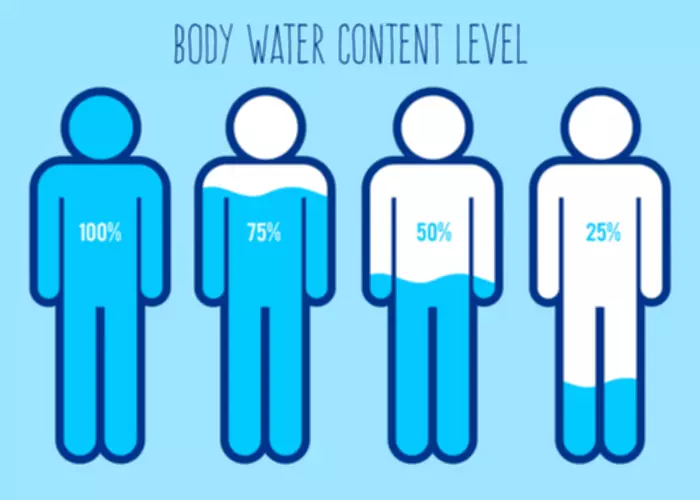The sheer number of opioids that are available in the U.S.A. because of over-prescribing allows for sharing, gifting and selling of pain killers, creating a danger of opioids getting into the hands of those that do not have any medical use for them. Past-year use of opioids (including heroin and prescription opioids) is estimated to be between 28.6 and 38 million people globally, with a global average prevalence of 0.7%. Opioid use has increased globally over the past few years, but the main increase has been observed in the United States, where the prevalence rate of past-year opioid use is 4.7% (UNODC, 2014). In Africa, misuse of prescription opioids was reported to be higher than use of heroin (3.6% other opioids, 2.2% heroin). Latin and Central America have generally always had low levels of opioid misuse, and these levels do not appear to have changed in the past few years.

Preventing Inappropriate Prescribing and Medical Errors
Opioid use disorder (OUD) means that you have a problematic pattern of using opioids. The pattern causes a lot of distress and impairment (meaning that it causes problems in and interferes with your daily life). Instead of OUD, sometimes people use the terms « opioid dependence » and « opioid addiction. » Dependence means feeling withdrawal symptoms when not taking the drug.
Use of Abuse-Deterrent Formulations of Opioids
Research has demonstrated that MOUD is especially effective in helping people recover from their OUD;234 counseling and psychosocial support may also provide additional benefit for some patients. A recovery plan that includes medication for opioid use disorder increases signs of opioid addiction the chance of success. While universal and selective prevention programme strategies have not targeted opiate misuse specifically (prevalence is too low), effects on gateway or other hard drugs have been promising (Sussman, 2017; Sussman & Ames, 2008).
- Death from prescription opioid overdose most often results from loss of consciousness and respiratory suppression.
- Researchers are also investigating the long-term effects of opioid addiction on the brain, including whether damage can be reversed.
- Encouraging referrals to multidisciplinary pain management programs and referral resources for addiction specialists is another option.
BXCL501 for Opioid Withdrawal Treatment
The United States accounts for 99% of the world’s consumption of hydrocodone, 81% of the world’s consumption of oxycodone and 60% of the world’s consumption of hydromorphone (INCB, 2016). Effectively treating depression, schizophrenia, and chronic pain is as, if not more, critical than changing the formulation of an opioid if the goal is to prevent opioid misuse and abuse. Improving the education and financial future of our nation is as, if not more, critical than checking photo identification at the point of sale if we want to prevent drug diversion.
Risk factors for developing opioid use disorder
Opioid Use Disorder
President Obama Signs Bipartisan Bill to Combat Opioid Epidemic – The Pew Charitable Trusts
President Obama Signs Bipartisan Bill to Combat Opioid Epidemic.
Posted: Fri, 22 Jul 2016 07:00:00 GMT [source]
Prescription Drug Abuse Signs and Symptoms
- The most effective treatments for opioid use disorder include the combined use of medication and behavioral treatment.
- When combined with opioids or sedatives, the risk of respiratory depression (slowed or stopped breathing) and opioid-related death increases significantly.
- It may take six or more shots of naloxone to reverse the effects of carfentanil, a synthetic opioid 10,000 times stronger than morphine that is used to tranquilize elephants and other large animals.
- The model the programme is based on incorporates prosocial motivation enhancement, life and social skills and decision-making strategies as cognitive-behavioural processes that decrease vulnerability to a wide range of deviant outcomes.
- Regarding general use of prescription opioids, common side effects include sedation, dizziness, nausea, vomiting, constipation, respiratory depression, physical dependence and tolerance.
- Additional research focusing on the development and evaluation of treatments specific to prescription opioid use disorders and their common comorbidities (e.g., chronic pain, depression) are critically needed.
Prescription Opioids and Heroin
- It is important to distinguish between different causes of misuse in order to appropriately address it.
- Over time, the original dose of the opioid fails to create the same level of pleasure it once did, so people take more and more.
- It is still important for healthcare providers to recognise signs of opioid dependence and refer patients to the correct sources, aiding in closing the gap of those with opioid use disorder that are not being treated.
- Some opioid use disorder experts now recommend that healthcare professionals interview family members as part of routine follow-up care for a person taking opioids.
